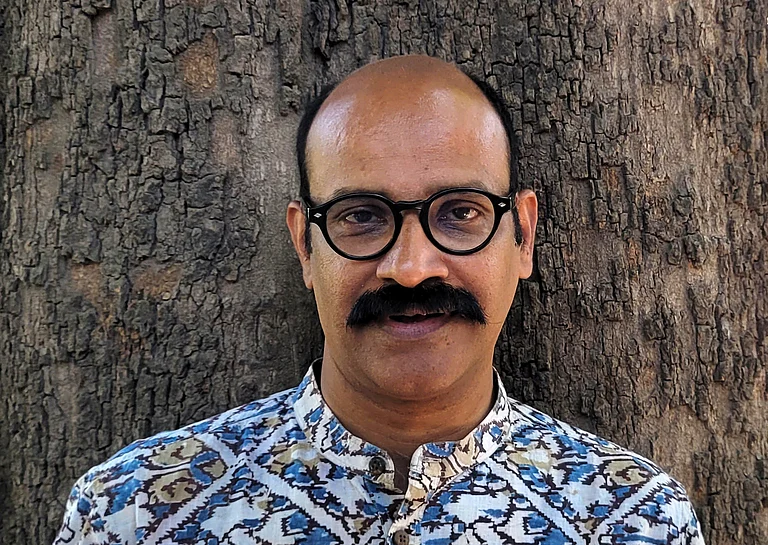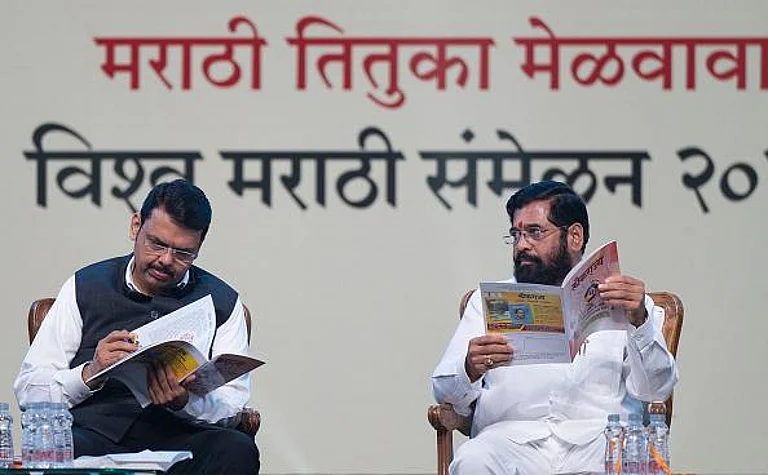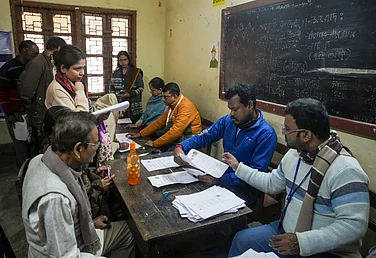Is the Indian army caught in a time warp? The army chief’s allegations of graft, which are merely the latest in a series of scams, suggest as much. Even as we work out what led to this egregious situation, it is important to understand the backdrop. The real story is that of an army whose institutional identity is unable to cope with the dramatic changes in the society it serves.
Perhaps the most important of these changes has been economic. The liberalisation of the Indian economy and its rapid growth over the last two decades have considerably increased the disparity in the economic profiles of military officers and of their contemporaries in the civilian world. The salaries of even senior ranks compare unfavourably with those of fresh graduates from good business or law schools. This is compounded by the military’s perception that it is losing out to the civil services as well. Together, these changes have led the military to stake out institutional positions that would have been inconceivable in the past. The most prominent instance was the service chiefs’ refusal in 2008 to notify the Union cabinet’s order on the Sixth Pay Commission.
Related to this is the issue of social status. Before the early 1990s, the military elite could take comfort in a putatively better social profile. Available data shows that for a majority of officers joining the defence services up to the 1980s, “status” and “glamour” were the main motivations. But by that time, the appeal of a career in the military was already in decline, owing to economic as well as social factors. India’s vaulting economic growth in the subsequent years has transformed the social profile of the civilian elite and pushed it well above that of the military. A rough-and-ready index of the decline in social status of a career in the armed forces is the drop in the numbers of children of army officers joining the army.
In this context of a widening socio-economic gap, it is not surprising that there has been an increase in instances of corruption in the army. The best safeguard against these is a strong sense of institutional identity and norms that enable individuals to look beyond their economic self-interest. But the fact is that the army has been unable to refashion its identity to keep up with the rapid changes in the wider society. Indeed, on a number of issues, its response to these changes has been defensive and aimed at asserting its need to be different.
Consider the military’s approach to women officers. Although women have been inducted into the military since 1992, they can serve for no more than 14 years. In 2008, the government decided to award permanent commissions to women officers in the legal and education branches of the three services, the accounts branch of the air force, and the constructor department of the navy. The military leadership’s attitude forced some women officers to seek redress from the courts. In March 2010, the Delhi High Court directed the government to grant permanent commissions to women officers commissioned before 2006. On the services’ request, the government has appealed against this ruling in the Supreme Court. The contrast with the opportunities for women in the civilian sector, both private and government, is stark indeed.
The military’s weakening identity was best illustrated by Gen V.K. Singh’s decision to go to court on the question of his date of birth. Here was a soldier who had climbed a steep professional pyramid to lead one the largest and oldest armies in the world, and yet believed that hanging on to his post for another year was of paramount importance. By claiming he was fighting to maintain his honour and integrity, he demonstrated how little these values have come to mean in the army today. The motto of the army’s Officers Training Academy is ‘Service before Self’. By inverting this order of priority, Gen Singh diminished both the service and himself.
The issue, however, is not about the army chief. Rather, it is about rejuvenating the army’s identity for the 21st century. This cannot be done simply by harping on abstract values, but by creating structures and opportunities within the army that will mirror, even if feebly, those on offer in the civilian street. This is the central challenge for our military and political leadership.
(The writer, who served for six years as a commissioned officer in the Indian army, is a senior fellow at the Centre for Policy Research, New Delhi.)

























